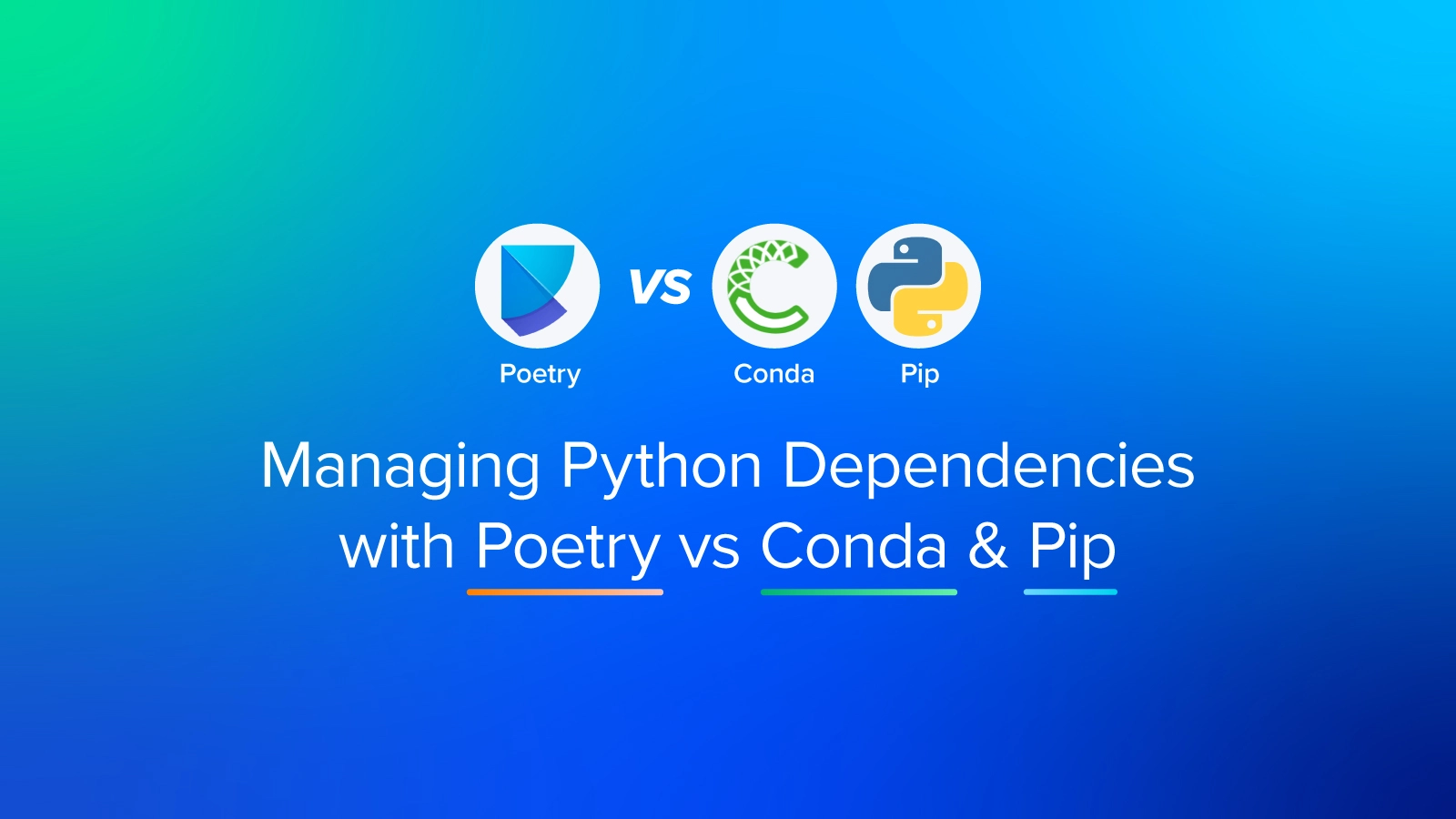
New NAMD 2.14 Release
NAMD Release Overview
What is NAMD?
NAMD is a parallel molecular dynamics code designed for high-performance simulation of large biomolecular systems. Based on Charm++ parallel objects, NAMD scales to hundreds of cores for typical simulations and beyond 500,000 cores for the largest simulations. NAMD uses the popular molecular graphics program VMD for simulation setup and trajectory analysis, but is also file-compatible with AMBER, CHARMM, and X-PLOR. NAMD is distributed free of charge with source code.
Interested in a NAMD solution?
Accelerate MD Simulations on GPUs with NAMD Optimized Workstations and Servers starting at $4,300
NAMD 2.14 Release Notes
New and Improved Methodologies
- Hybrid single-dual topology for relative free energy – A hybrid single-dual topology protocol enables calculation of relative binding affinities of small ligands to a receptor. The implementation supports both relative solvation free energies of small molecules and relative binding affinities of drug compounds to proteins. In this protocol, the alchemical end states are represented as two separate molecules sharing a common substructure. Within the substructure, an atom-to-atom correspondence is established, and each pair of corresponding atoms are holonomically constrained to share identical coordinates at all time throughout the simulation, as shown in the figure. The forces are projected and combined at each step for propagation. To enhance sampling of the dual-topology region, the alchemical calculations can be carried out in NAMD using replica-exchange MD with periodic attempted swapping of the thermodynamic coupling parameter between neighboring states.
- Updates to collective variables (Colvars) module – The Colvars module is a contributed software library which supports enhanced-sampling methods in a space of reduced dimensionality. The module has been updated in NAMD 2.14 to provide new types of collective variables (CVs). Geometric path collective variables define a path in the space of other CVs or in atomic coordinates. Each contains two variables, one that defines the progress along the path and the other that measures distance from the current image to the path. These can be used to study confirmational transitions in complex biomolecules, for example, determining the average transition path. Volumetric maps of the Cartesian coordinates, typically defined as a mesh grid along the three Cartesian axes, may also be used to define collective variables. This feature of Colvars is currently available only in NAMD, as it makes use of NAMD GridForces. One notable application is to define a CV that counts the number of atoms within an arbitrary region of space, for example, to determine the number of water molecules in a hydrophobic cavity.
- Improvements to alchemical free energy calculation – Support has been added for the WCA (Weeks-Chandler-Andersen) decomposition of LJ (Lennard-Jones) terms into “repulsive” and “dispersive” parts. Keywords alchWCA and alchRepLambdaEnd have been introduced to control the WCA lambda scheduling. For an exnihilated particle, the repulsion is now turned on for lambda between 0 and alchRepLambdaEnd and the dispersion is turned on for lambda between alchRepLambdaEnd and alchVdwLambdaEnd. The implementation is compatible with IDWS and all switching and LJ correction schemes. An additional improvement has been made for LJ correction, in which the correction term retains the contribution from non-alchemical atoms and is only coupled/decoupled for the alchemical atoms. The changes to LJ correction also ensure that the electrostatic scaling is completely decoupled from the LJ scaling.
- Improvements to hybrid QM/MM simulation – Hybrid quantum mechanics / molecular mechanics (QM/MM) simulations allow the combination of precise QM calculations for regions such as active sites of enzymes, with fast classical calculation for the rest of a biomolecular system. The QM/MM interface in NAMD directly supports the MOPAC (semi-empirical) and ORCA (ab-initio/DFT) QM packages, and also provides a generic interface that can be extended to other QM codes. Previously, multiple QM regions interacted with each other only through long-range PME interactions, which is correct only if the regions are spaced far enough apart from each other. NAMD 2.14 now supports the simulation of multiple QM regions that are nearby one another, allowing them to see one another as partial charges with their updated QM charges.
- Update τRAMD to version 5.0.5. τRAMD is an enhanced sampling protocol based on the random acceleration MD method used in probing ligand egress (and access) pathways from buried binding sites in proteins. Examples can be downloaded from the NAMD Utilities page. Contributed by Sefan Richter and Rebecca Wade.
- Update to GaMD. Gaussian-accelerated MD now allows direct control over defining the number of simulation steps for calculating the average and standard deviation of potential energies, as well as the frequency of recalculating the boosting potential. Contributed by Andrew Pang and Yi Wang.
- New harmonic wall potential. A harmonic wall potential can now be defined through extraBonds thiat is similar to the Colvars harmonic wall restraint while being scalable for large parallel simulations.
- Updates to Psfgen. The version 2.0 update of Psfgen provides significant performance enhancements. The new version also adds support for hydrogen mass repartitioning, lone pairs, and Drude particles.
- Fixed input file issues. File compatibility issues for simulations involving lone pairs and TIP4P water have been fixed.
- Python 3.x scripting support. NAMD may be compiled with an embedded Python interpreter via the config script option “–with-python”. Both Python 2.x and 3.x versions are supported, with 3.x the default if found. The default embedded Tcl interpreter is also required to enable Python scripting. Note that the released NAMD binaries do not support Python scripting at this time due to portability issues with the extensive Python library.
New Platforms and Scalability
- Scaling on Frontera supercomputer – The Frontera supercomputer, deployed in June 2019 at the Texas Advanced Computer Center (TACC) at the University of Texas at Austin, ranks as the 8th most powerful supercomputer in the world and the fastest supercomputer on a university campus. Computing on Frontera is made available through the NSF Petascale Computing Resource Allocation program.NAMD has for many years been one of the most used applications on TACC computer systems. NAMD 2.14 is able to achieve good scalable performance on the Frontera compute nodes, each comprised of dual Intel Xeon Platinum 8280 (“Cascade Lake”) processors, through use of improvements to the Charm++ 6.10.2 runtime system built with the new UCX communication layer. Building NAMD with special Skylake AVX-512 vectorizaton support further improves performance over the standard binary distribution of NAMD that retains hardware compatibility across all x86_64 processors.
- Update to Charm++ 6.10.2. The updates to Charm++ provide various bug fixes and performance enhancements. In particular, Charm++ provides improved scaling on Infiniband via the UCX network layer (e.g., Frontera) and provides improved multi-copy simulation support on IBM POWER via the pamilrts network layer (e.g., ORNL Summit and the Longhorn subsystem of Frontera).
- Update to CUDA. NAMD supports CUDA versions 8.0-11.0 on Kepler or newer GPUs. While the binary distribution of NAMD is built with CUDA 10.1 to allow existing CUDA installations to run NAMD without having to upgrade to the latest NVIDIA drivers, NAMD has been tested successfully on the upcoming NVIDIA Ampere GPUs built with CUDA 11.
You can download NAMD here.
Have any questions about NAMD or other applications for molecular dynamics?
Contact Exxact Today

NAMD 2.14 Release August 2020
New NAMD 2.14 Release
NAMD Release Overview
What is NAMD?
NAMD is a parallel molecular dynamics code designed for high-performance simulation of large biomolecular systems. Based on Charm++ parallel objects, NAMD scales to hundreds of cores for typical simulations and beyond 500,000 cores for the largest simulations. NAMD uses the popular molecular graphics program VMD for simulation setup and trajectory analysis, but is also file-compatible with AMBER, CHARMM, and X-PLOR. NAMD is distributed free of charge with source code.
Interested in a NAMD solution?
Accelerate MD Simulations on GPUs with NAMD Optimized Workstations and Servers starting at $4,300
NAMD 2.14 Release Notes
New and Improved Methodologies
- Hybrid single-dual topology for relative free energy – A hybrid single-dual topology protocol enables calculation of relative binding affinities of small ligands to a receptor. The implementation supports both relative solvation free energies of small molecules and relative binding affinities of drug compounds to proteins. In this protocol, the alchemical end states are represented as two separate molecules sharing a common substructure. Within the substructure, an atom-to-atom correspondence is established, and each pair of corresponding atoms are holonomically constrained to share identical coordinates at all time throughout the simulation, as shown in the figure. The forces are projected and combined at each step for propagation. To enhance sampling of the dual-topology region, the alchemical calculations can be carried out in NAMD using replica-exchange MD with periodic attempted swapping of the thermodynamic coupling parameter between neighboring states.
- Updates to collective variables (Colvars) module – The Colvars module is a contributed software library which supports enhanced-sampling methods in a space of reduced dimensionality. The module has been updated in NAMD 2.14 to provide new types of collective variables (CVs). Geometric path collective variables define a path in the space of other CVs or in atomic coordinates. Each contains two variables, one that defines the progress along the path and the other that measures distance from the current image to the path. These can be used to study confirmational transitions in complex biomolecules, for example, determining the average transition path. Volumetric maps of the Cartesian coordinates, typically defined as a mesh grid along the three Cartesian axes, may also be used to define collective variables. This feature of Colvars is currently available only in NAMD, as it makes use of NAMD GridForces. One notable application is to define a CV that counts the number of atoms within an arbitrary region of space, for example, to determine the number of water molecules in a hydrophobic cavity.
- Improvements to alchemical free energy calculation – Support has been added for the WCA (Weeks-Chandler-Andersen) decomposition of LJ (Lennard-Jones) terms into “repulsive” and “dispersive” parts. Keywords alchWCA and alchRepLambdaEnd have been introduced to control the WCA lambda scheduling. For an exnihilated particle, the repulsion is now turned on for lambda between 0 and alchRepLambdaEnd and the dispersion is turned on for lambda between alchRepLambdaEnd and alchVdwLambdaEnd. The implementation is compatible with IDWS and all switching and LJ correction schemes. An additional improvement has been made for LJ correction, in which the correction term retains the contribution from non-alchemical atoms and is only coupled/decoupled for the alchemical atoms. The changes to LJ correction also ensure that the electrostatic scaling is completely decoupled from the LJ scaling.
- Improvements to hybrid QM/MM simulation – Hybrid quantum mechanics / molecular mechanics (QM/MM) simulations allow the combination of precise QM calculations for regions such as active sites of enzymes, with fast classical calculation for the rest of a biomolecular system. The QM/MM interface in NAMD directly supports the MOPAC (semi-empirical) and ORCA (ab-initio/DFT) QM packages, and also provides a generic interface that can be extended to other QM codes. Previously, multiple QM regions interacted with each other only through long-range PME interactions, which is correct only if the regions are spaced far enough apart from each other. NAMD 2.14 now supports the simulation of multiple QM regions that are nearby one another, allowing them to see one another as partial charges with their updated QM charges.
- Update τRAMD to version 5.0.5. τRAMD is an enhanced sampling protocol based on the random acceleration MD method used in probing ligand egress (and access) pathways from buried binding sites in proteins. Examples can be downloaded from the NAMD Utilities page. Contributed by Sefan Richter and Rebecca Wade.
- Update to GaMD. Gaussian-accelerated MD now allows direct control over defining the number of simulation steps for calculating the average and standard deviation of potential energies, as well as the frequency of recalculating the boosting potential. Contributed by Andrew Pang and Yi Wang.
- New harmonic wall potential. A harmonic wall potential can now be defined through extraBonds thiat is similar to the Colvars harmonic wall restraint while being scalable for large parallel simulations.
- Updates to Psfgen. The version 2.0 update of Psfgen provides significant performance enhancements. The new version also adds support for hydrogen mass repartitioning, lone pairs, and Drude particles.
- Fixed input file issues. File compatibility issues for simulations involving lone pairs and TIP4P water have been fixed.
- Python 3.x scripting support. NAMD may be compiled with an embedded Python interpreter via the config script option “–with-python”. Both Python 2.x and 3.x versions are supported, with 3.x the default if found. The default embedded Tcl interpreter is also required to enable Python scripting. Note that the released NAMD binaries do not support Python scripting at this time due to portability issues with the extensive Python library.
New Platforms and Scalability
- Scaling on Frontera supercomputer – The Frontera supercomputer, deployed in June 2019 at the Texas Advanced Computer Center (TACC) at the University of Texas at Austin, ranks as the 8th most powerful supercomputer in the world and the fastest supercomputer on a university campus. Computing on Frontera is made available through the NSF Petascale Computing Resource Allocation program.NAMD has for many years been one of the most used applications on TACC computer systems. NAMD 2.14 is able to achieve good scalable performance on the Frontera compute nodes, each comprised of dual Intel Xeon Platinum 8280 (“Cascade Lake”) processors, through use of improvements to the Charm++ 6.10.2 runtime system built with the new UCX communication layer. Building NAMD with special Skylake AVX-512 vectorizaton support further improves performance over the standard binary distribution of NAMD that retains hardware compatibility across all x86_64 processors.
- Update to Charm++ 6.10.2. The updates to Charm++ provide various bug fixes and performance enhancements. In particular, Charm++ provides improved scaling on Infiniband via the UCX network layer (e.g., Frontera) and provides improved multi-copy simulation support on IBM POWER via the pamilrts network layer (e.g., ORNL Summit and the Longhorn subsystem of Frontera).
- Update to CUDA. NAMD supports CUDA versions 8.0-11.0 on Kepler or newer GPUs. While the binary distribution of NAMD is built with CUDA 10.1 to allow existing CUDA installations to run NAMD without having to upgrade to the latest NVIDIA drivers, NAMD has been tested successfully on the upcoming NVIDIA Ampere GPUs built with CUDA 11.
You can download NAMD here.
Have any questions about NAMD or other applications for molecular dynamics?
Contact Exxact Today




